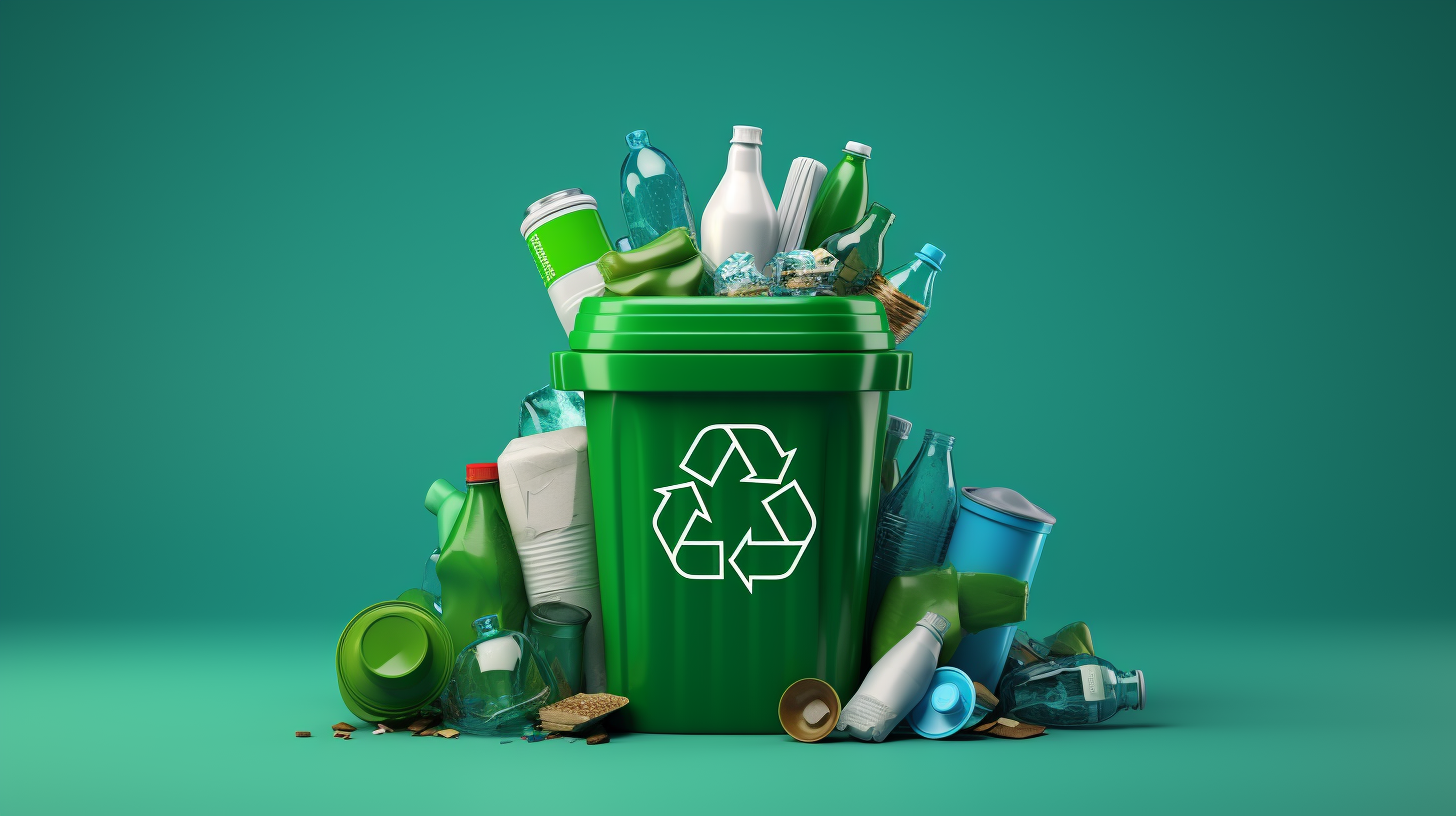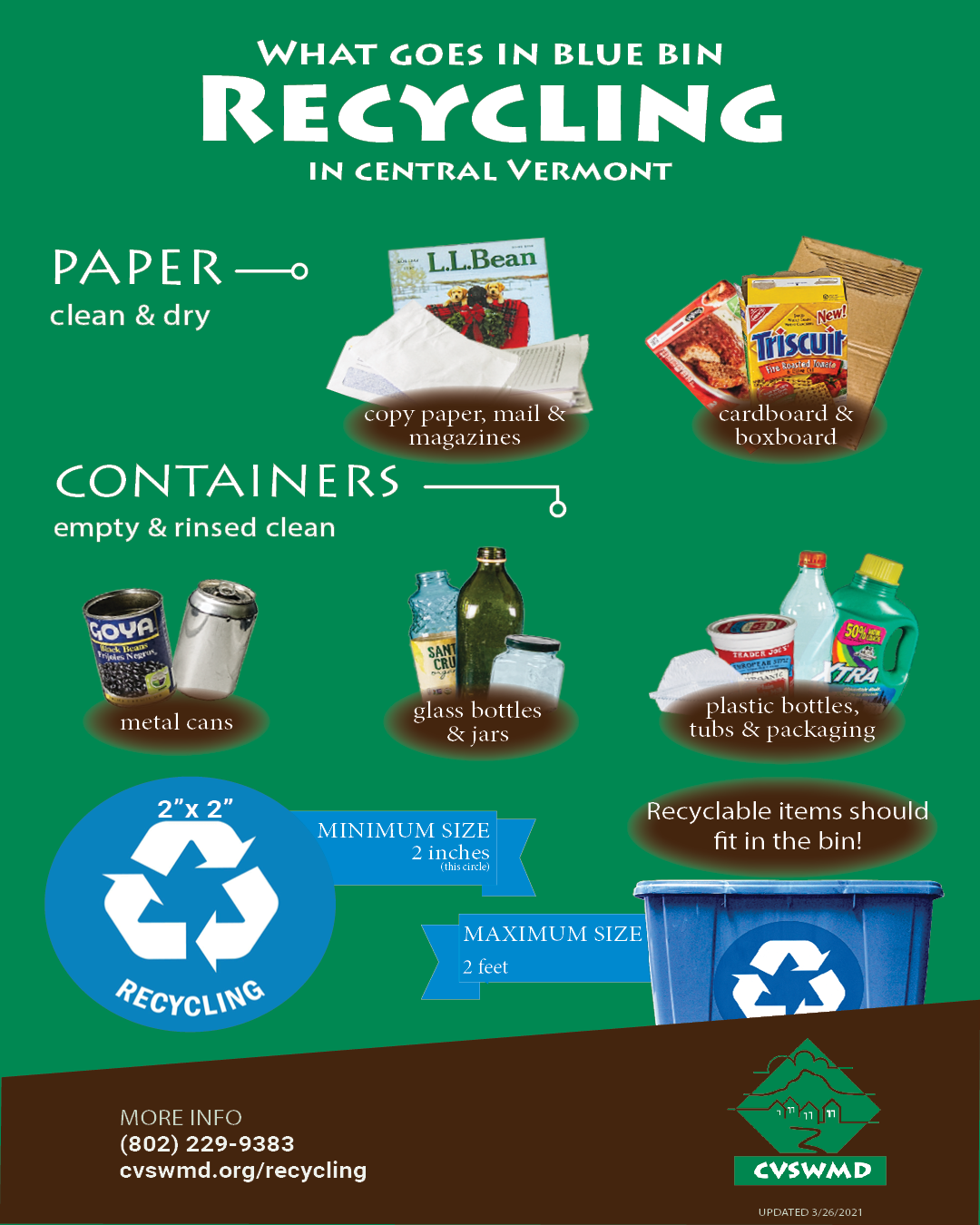Comprehending the Classification and Handling of Numerous Kinds Of Waste
Reliable waste administration is critical for environmental sustainability, requiring a detailed understanding of the classification and handling of different waste types. House waste, industrial spin-offs, dangerous products, electronic refuse, and natural remnants each demand unique procedures to ensure safety and security and minimize ecological damage. Applying appropriate partition, treatment, and disposal strategies is necessary to mitigate negative environmental effects and promote source conservation. For instance, the composting of natural waste contrasts sharply with the intricate treatments required to take care of hazardous materials. This diverse technique to squander administration underscores its complexity and the vital demand for specialized knowledge in this domain.

Family Waste
House waste, incorporating a wide variety of discarded products produced from daily living tasks, stands for a significant component of the overall waste stream - recycling lives services. This classification consists of natural waste such as food scraps, backyard cuttings, and paper products, along with not natural materials like plastics, steels, and glass. The diverse nature of family waste necessitates reliable category and administration to minimize environmental impact and promote lasting living techniques
Effective home waste management starts with segregation at the resource, assisting in recycling, composting, and risk-free disposal. Organic waste, for example, can be composted to generate nutrient-rich soil amendments, reducing landfill problem and boosting dirt health and wellness. Recyclable materials, consisting of paper, glass, and particular plastics, can be refined and repurposed, saving sources and minimizing energy usage connected with brand-new material production.
Moreover, dangerous home waste such as batteries, digital tools, and cleaning chemicals needs specialized taking care of to avoid dirt and water contamination. Public awareness campaigns and hassle-free disposal options play crucial roles in ensuring appropriate disposal and recycling of these materials. By carrying out robust waste reduction approaches and fostering area participation, districts can considerably alleviate the environmental impact of home waste.
Hazardous Waste
Industrial waste, a significant factor to worldwide waste generation, includes a diverse range of materials produced by production, building and construction, and various other commercial activities. Efficient management of commercial waste is crucial for minimizing ecological effect and promoting sustainable techniques.
The handling of commercial waste generally entails a number of procedures: collection, therapy, disposal, and segregation. Collection systems are designed to successfully gather waste materials from numerous sources within a commercial operation.
Taking on methods such as waste minimization, source recovery, and recycling can significantly decrease the worry of industrial waste on the atmosphere, adding to more sustainable commercial practices.
Hazardous Waste
The classification of contaminated materials is generally based on its chemical and physical features. Harmful wastes contain damaging materials that can create negative health and wellness results also at reduced focus. Destructive wastes can damage or ruin living products and cells. Combustible wastes can conveniently spark, presenting fire dangers, while reactive wastes can create surges or launch poisonous gases upon call with various other materials.
Efficient contaminated materials monitoring involves several crucial practices: recognition and segregation of harmful products, risk-free transportation and storage, and ideal treatment and disposal. Therapy techniques might consist of chemical stabilization, find this neutralization, and incineration. Governing compliance is important, led by structures such as the Resource Preservation and Recovery Act (RCRA) in the USA, which makes certain risk-free and environmentally audio management of harmful waste.
Digital Waste
Digital waste, frequently abbreviated as e-waste, stands for an expanding challenge in waste monitoring due to the quick obsolescence of innovation. This group encompasses a broad series of thrown out electronic gadgets, consisting of mobile phones, computers, tvs, and house home appliances. The complexity of e-waste hinges on its make-up; these products include a mix of important materials such as gold and copper, along with harmful substances like mercury, lead, and cadmium.

Regulation and policies, such as the European Union's Waste Electric and Electronic Equipment (WEEE) Regulation, aim to advertise responsible e-waste monitoring. These policies mandate suppliers to assist in the collection and recycling of digital items, thus lowering the concern on landfills and decreasing ecological contamination.
Organic Waste
Organic waste, encompassing naturally degradable products such as food scraps, lawn trimmings, and farming residues, comprises a significant part of the municipal solid waste stream. This sort of waste is notable not just for its quantity but additionally for its prospective environmental effect if not handled appropriately. Organic waste can disintegrate anaerobically in landfills, producing methane, a powerful greenhouse gas This Site adding to climate adjustment.
Proper handling of natural waste entails numerous methods. In addition, diverting food waste from garbage dumps through donation programs can reduce food insecurity while reducing waste.
Municipalities and services are significantly identifying the value of organic waste management. Executing thorough natural waste reusing programs not only alleviates environmental impacts but additionally straightens with broader sustainability goals, advertising a round economic situation where resources are constantly reused and repurposed.
Verdict
Efficient waste administration and environmental management necessitate a comprehensive understanding of the category and handling of different waste kinds. Family, industrial, unsafe, electronic, and organic waste each need distinct treatments for therapy, segregation, and disposal. Correct administration minimizes ecological effect, conserves sources, and advertises sustainability. Carrying out appropriate approaches for each and every waste type guarantees safe and liable waste management methods, inevitably adding to the security of communities and public wellness.
Effective waste monitoring is critical for my company environmental sustainability, needing a comprehensive understanding of the category and handling of numerous waste types.Home waste, including a broad variety of thrown out products created from day-to-day living tasks, stands for a significant component of the overall waste stream.Industrial waste, a major contributor to global waste generation, encompasses a diverse range of materials produced by manufacturing, building, and various other commercial tasks (recycling lives services).Unsafe waste, a vital problem in waste monitoring, comprises materials that present considerable threats to human health and the atmosphere due to their poisonous, harsh, flammable, or reactive buildings.Organic waste, including eco-friendly materials such as food scraps, yard trimmings, and agricultural residues, makes up a substantial section of the local strong waste stream